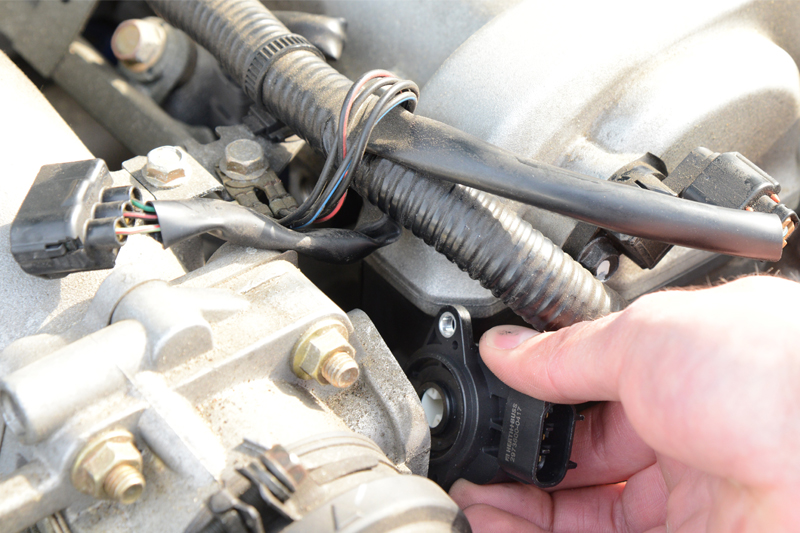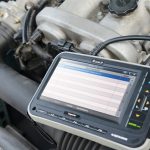If the malfunction indicator lamp suddenly lights up and the car judders on acceleration, or the fuel consumption is unusually high, a defective throttle valve sensor may be at the root of the problem. In order to confirm this suspicion, a few tests first need to be performed on the vehicle – in this case, a Mazda MX-5.
Before starting the search for the cause of the fault, you should check once more whether the malfunction indicator lamp is on and whether a loose contact might be to blame instead. To verify this, and to be able to continue with the rest of the search, the ignition should also be switched on during the entire diagnosis procedure.
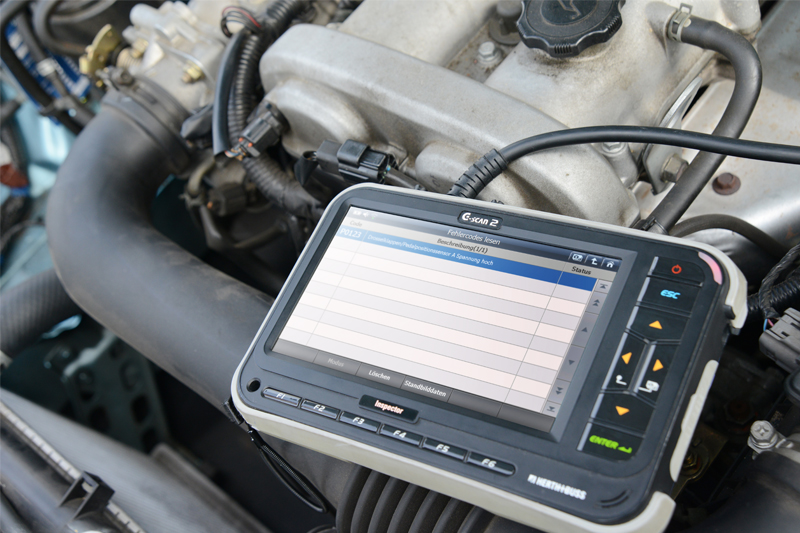
Next, the Herth+Buss Inspector self-diagnosis device is connected to the vehicle by means of the OBD plug. It is now possible to access the vehicle’s fault memory, and all existing fault messages are displayed. In this case, the fault message is ‘Throttle valve/pedal position sensor A voltage high’.
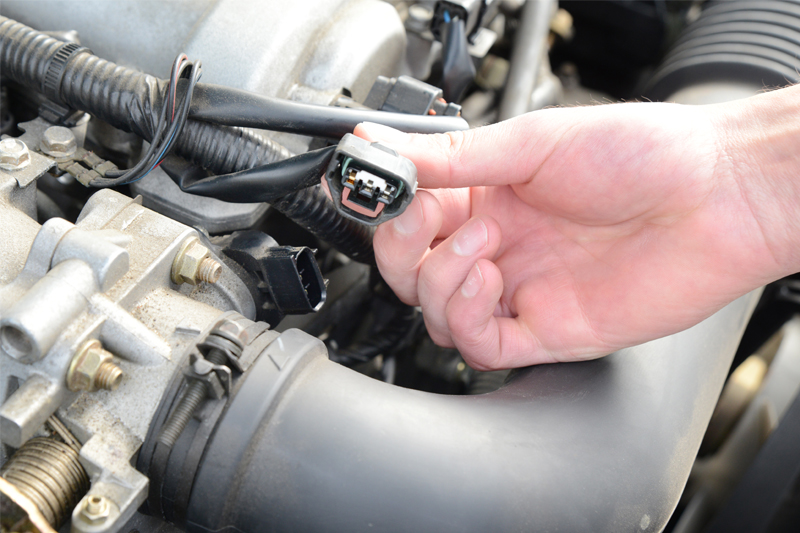
Using the Inspector allows the fault to be clearly traced back to the throttle valve sensor, so this must be subjected to increased scrutiny in the next step. If cable breakages, contamination or damage to the plug can be ruled out after an exacting visual inspection, the signal voltage of the sensor should be checked.
The Inspector’s live data display is required for this. Because of the graphic display of the actual value, the complete signal voltage can be visualised during the throttle valve actuation. That’s how plausible signal outliers can be located.
Note: Alternatively, the inspection can be performed as a so-called quick check with the Inspector’s oscilloscope.
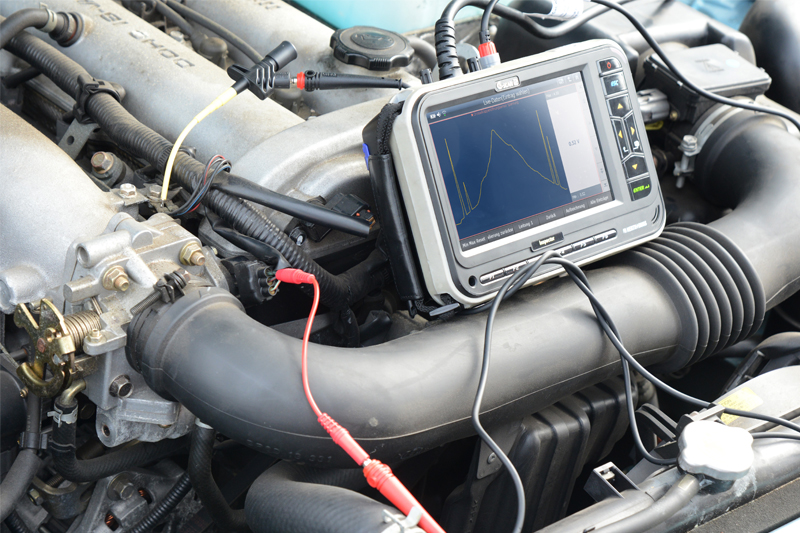
Manually actuating the throttle valve causes the voltage to be shown in visual form on the Inspector’s display. Here, you can identify the faulty voltage peaks quickly and effectively. The throttle valve sensor is transmitting incorrect information to the engine control unit in a certain measuring range, thus causing the initial symptoms to materialise.
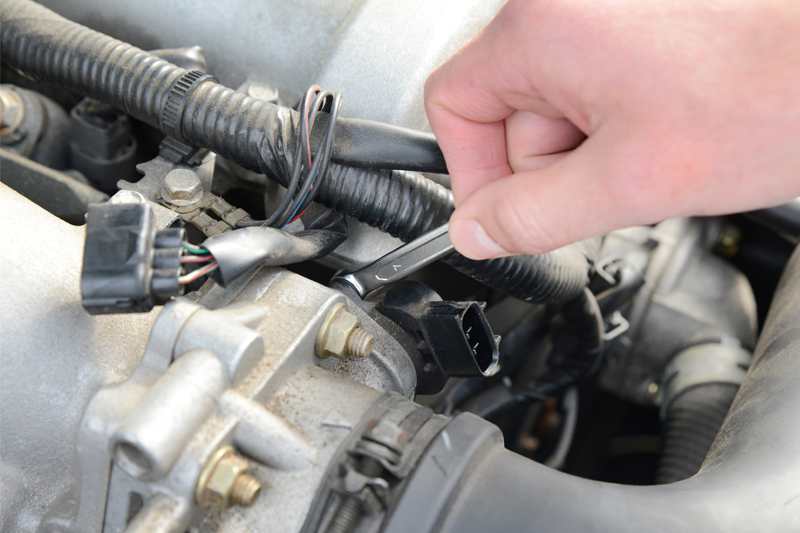
The defective sensor must be replaced accordingly. Simply unscrew the old sensor with the ignition switched off and mount the new, custom-fit Herth+Buss sensor.
Last but not least, the new sensor’s function is checked and the relevant entry in the fault memory is deleted.
